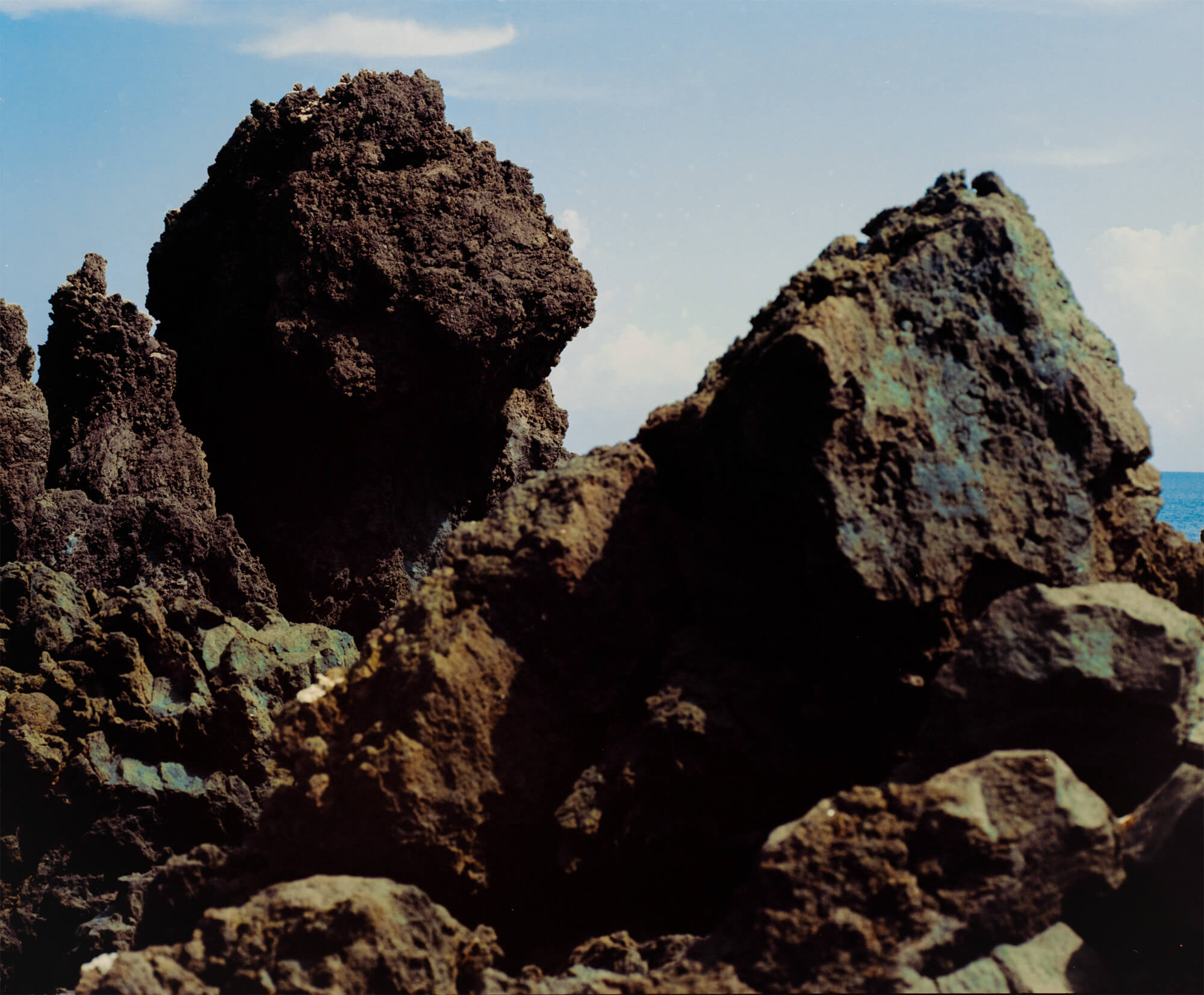IT'S ALL ABOUT FRAMING
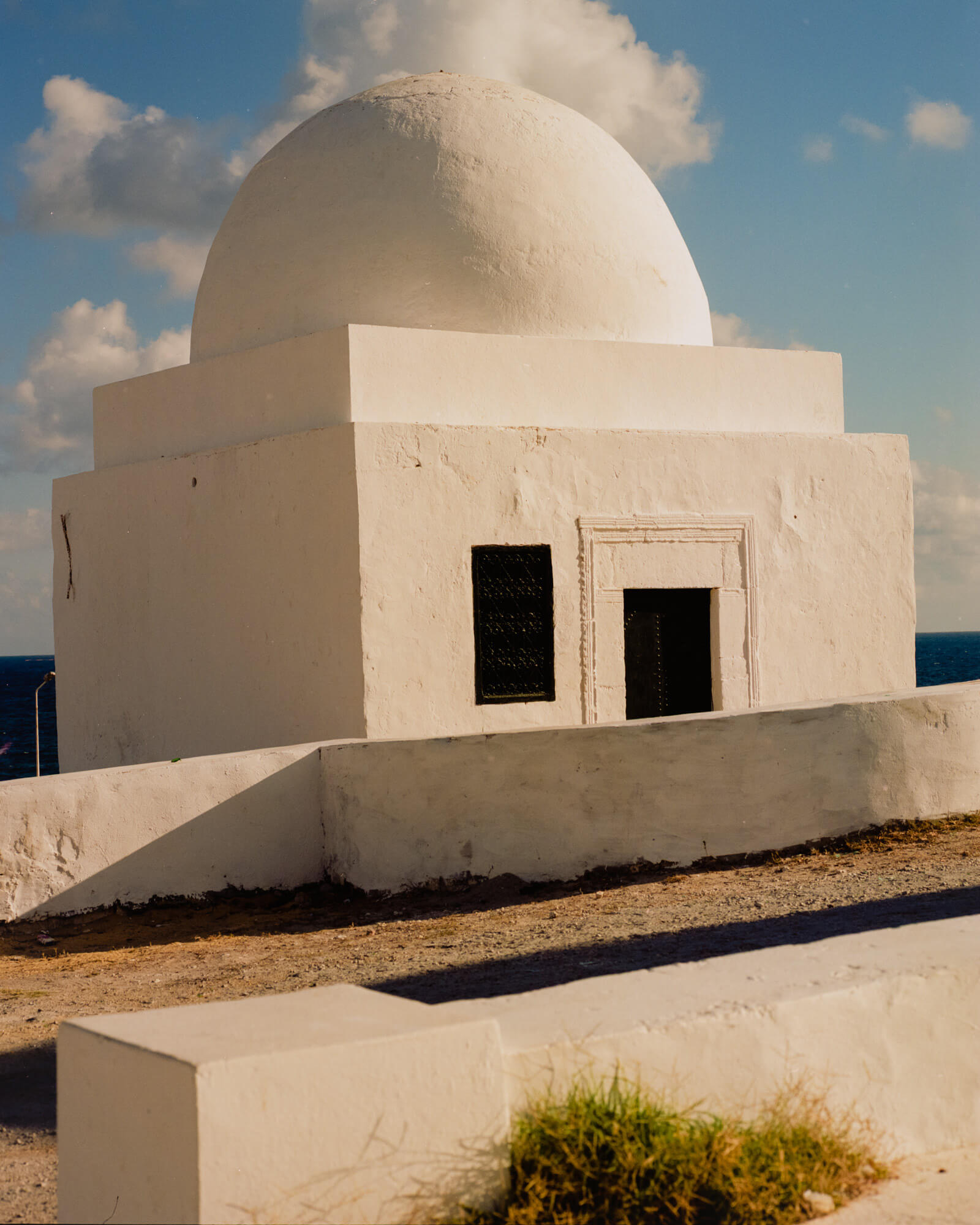
Mattia Parodi
We met Italian photographer Mattia Parodi to discuss his approach to photography and his continuous research on composition and framing.
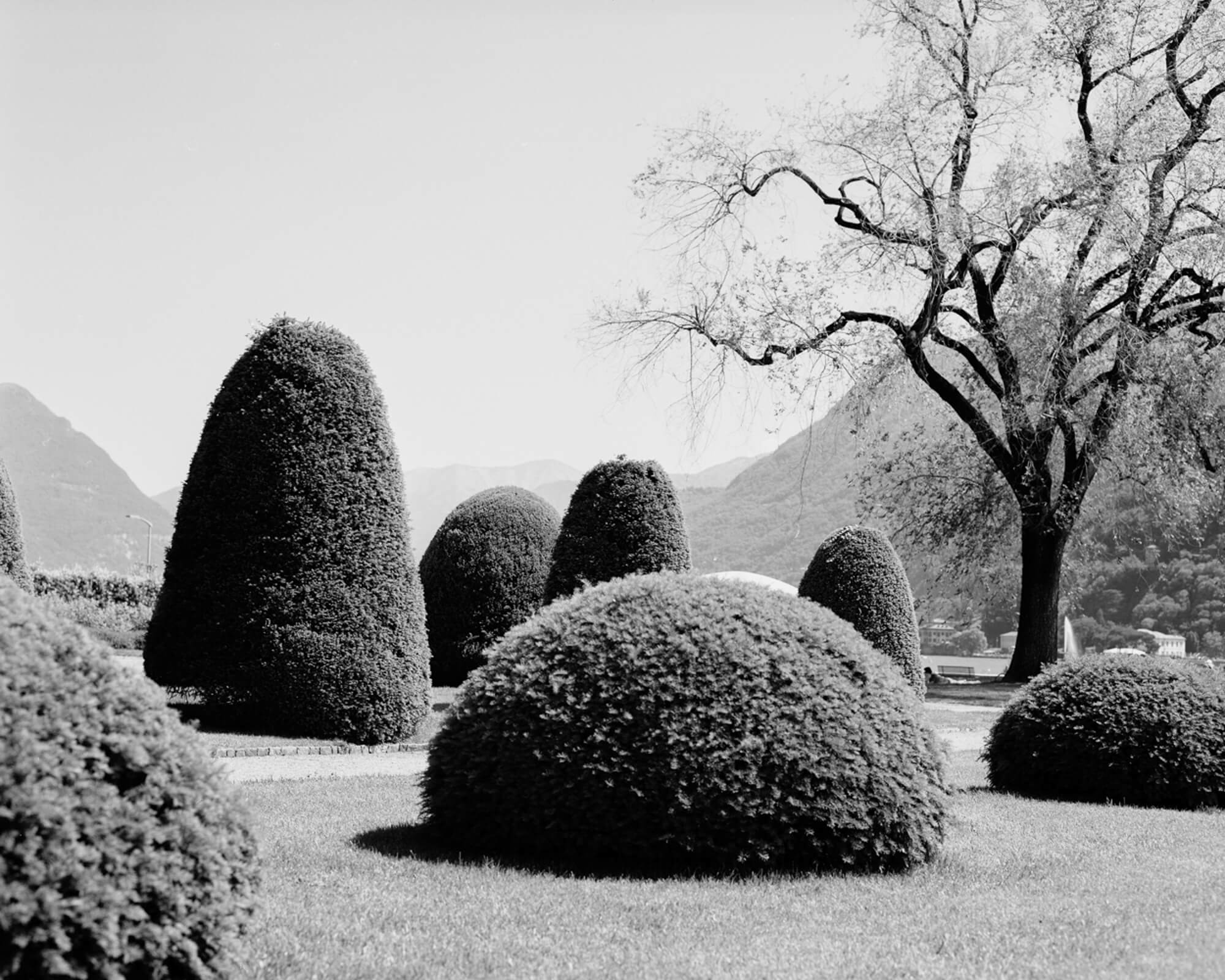
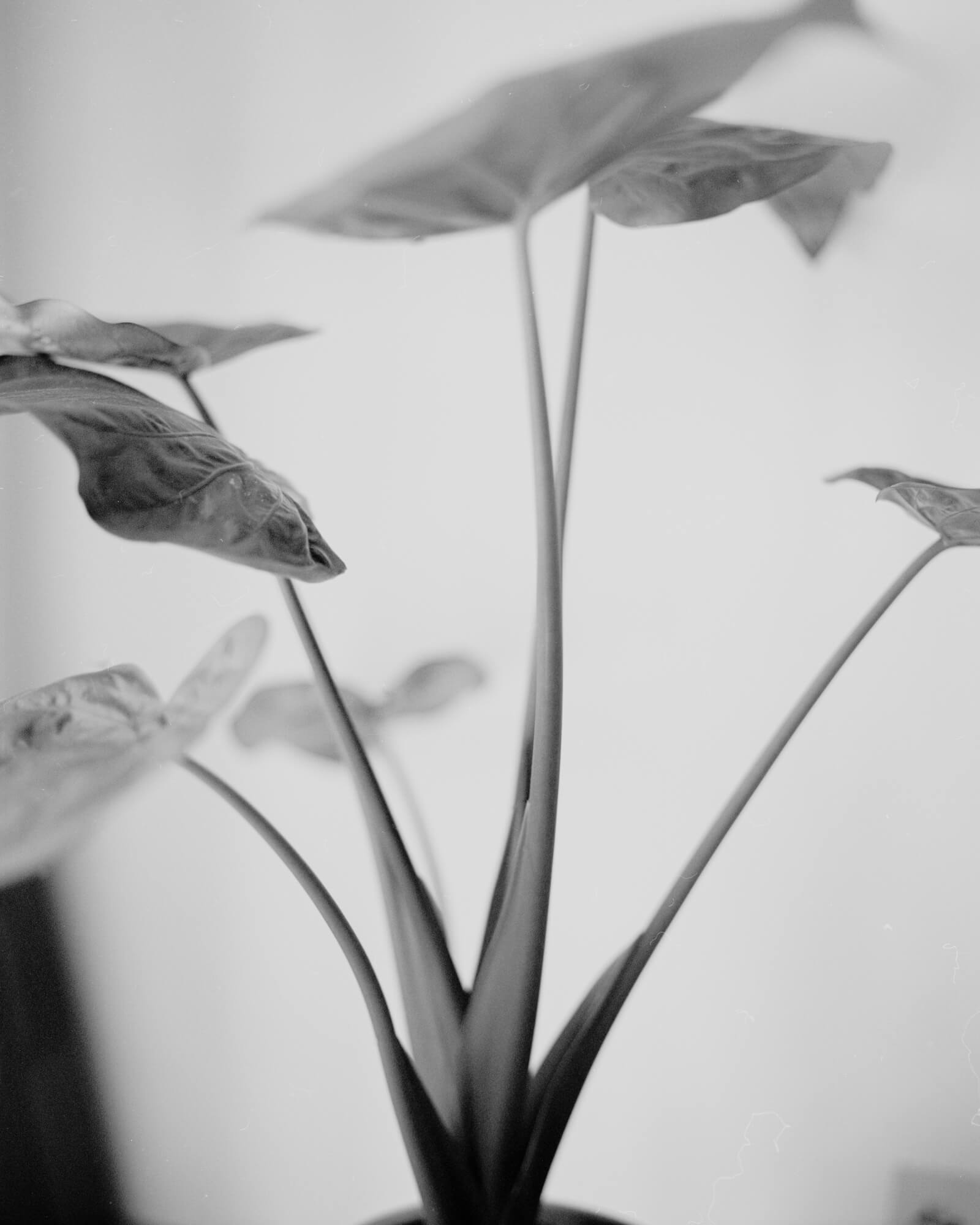
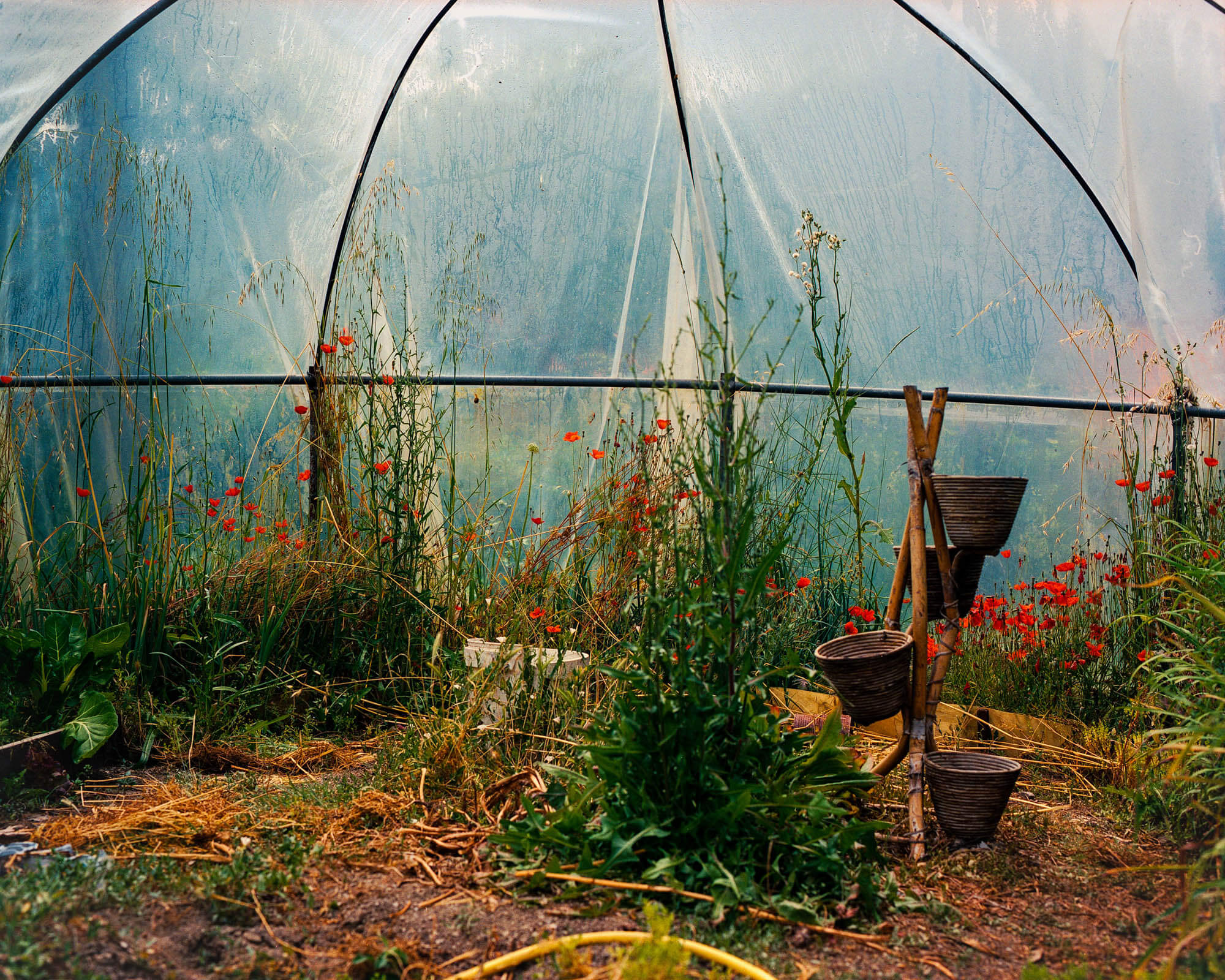


You studied industrial design, how did you get into photography?
Yes, exactly. I studied industrial design and then shifted more exclusively to photography. I got into it through a simple yet, in my opinion, closely tied explanation to the specificity of the medium. I gained experience with the camera, exploring its possibilities in a somewhat unconsciously curious and random manner. Of course, my almost obsessive engagement with the work of other photographers played a significant role as well.
I am curious to know what were your main inspirations back then. What shaped your visual culture when you started out?
My main inspirations were tied to my initial fascination with product photography, and then naturally shifted to what’s commonly identified as documentary photography. Especially when the photographers themselves often overlapped those two practices. Particularly regarding the beginning of my career, I’m referring to the tradition of Italian landscape photography. Getting into that realm was crucial for me. I found immense educational value in those images, both in expanding the meaning of photography and in their constant connection to artistic practices closely related to it.
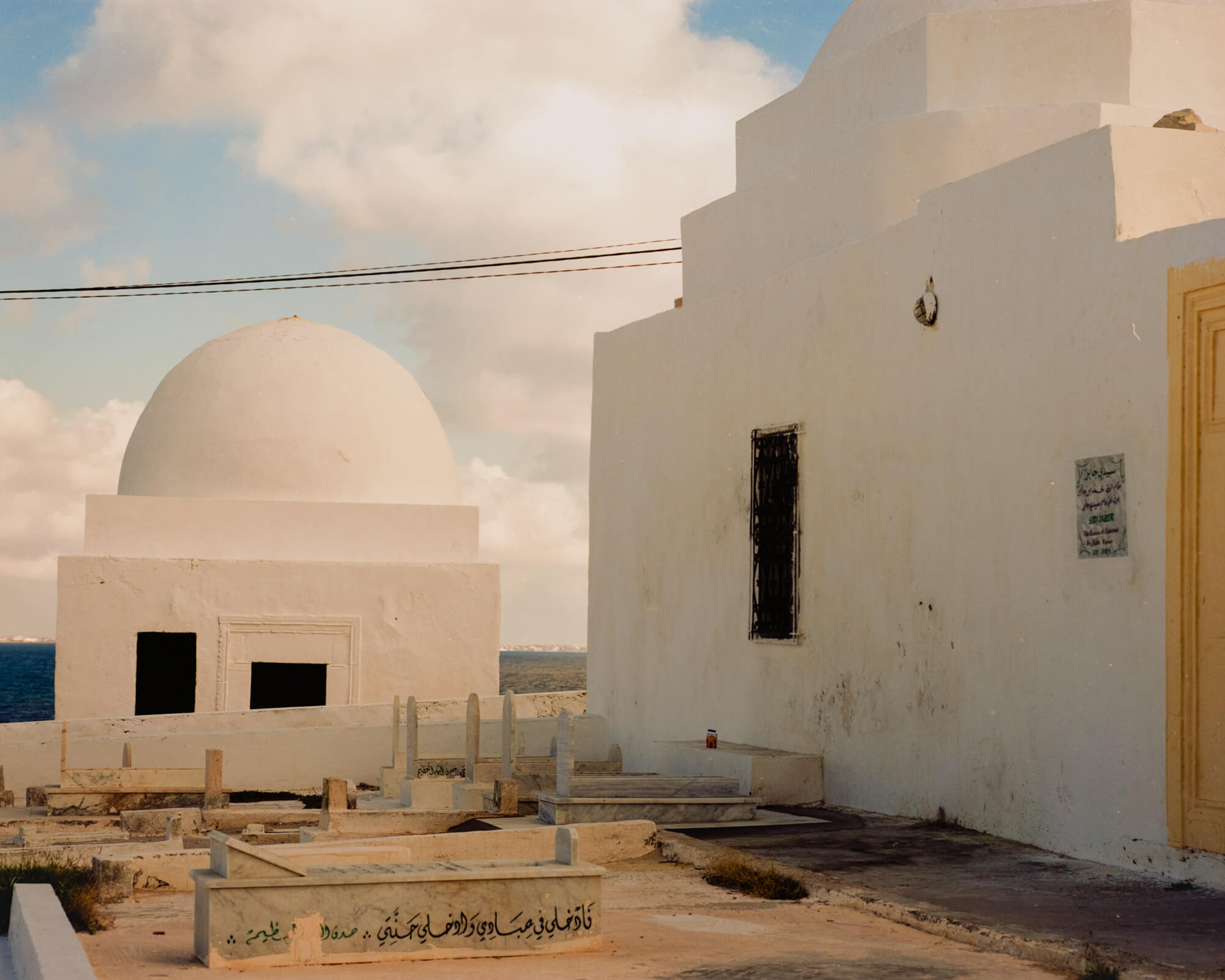
How did your previous education as a designer influenced your photography practice?
To be honest, I would be stretching it to find direct connections where my background as a designer has influenced my approach to photography. I believe the reverse holds more weight—how my photographic approach has helped refine my initial fascination with design. While it’s true that my previous experiences allow for a better understanding of the subject in front of me (especially today for commissioned work) I still consider photography a tool that can pinpoint and draw attention to specific aspects of what is in front of the lens, all done with a critical value.
Looking through your archive, I noticed that your personal work is mainly focused on outdoors. It seems to me that the peculiarity of your approach has to do mainly with the way you frame a specific portion of reality. Your images reveal an attempt to get really close to your subject and enter in an intimate relationship with it. I’m thinking about your pictures in Linosa, Marettimo and Amorgos for example. Do you recognize yourself in this description?
Regardless of the subject of the photograph, I believe you’ve hit the nail on the head, and it’s all about framing. What holds the most value for me in an image is undoubtedly what happens along the edges; the image originates there, and where the viewer’s gaze starts before moving to the center and finally resting on the peripheral zones. This approach clearly emphasizes the decisions made regarding the subject. If we talk about proximity to it, it’s more like an exchange relationship, a mutual act of looking, observing, and being observed.
What made these series of images immediately appealing to me is that they produce a vivid sense of nostalgia. Is that something you look for?
I don’t have any direct intention to evoke a sense of nostalgia in the viewer. For me, photography is a deeply personal practice in both its creation and observation. If we talk about intentionality, it’s more in the decision to direct the gaze towards a particular subject rather than another, based on certain elements deemed worthy of attention and capable of constructing temporal leaps, connecting personal or collective experiences from the past.
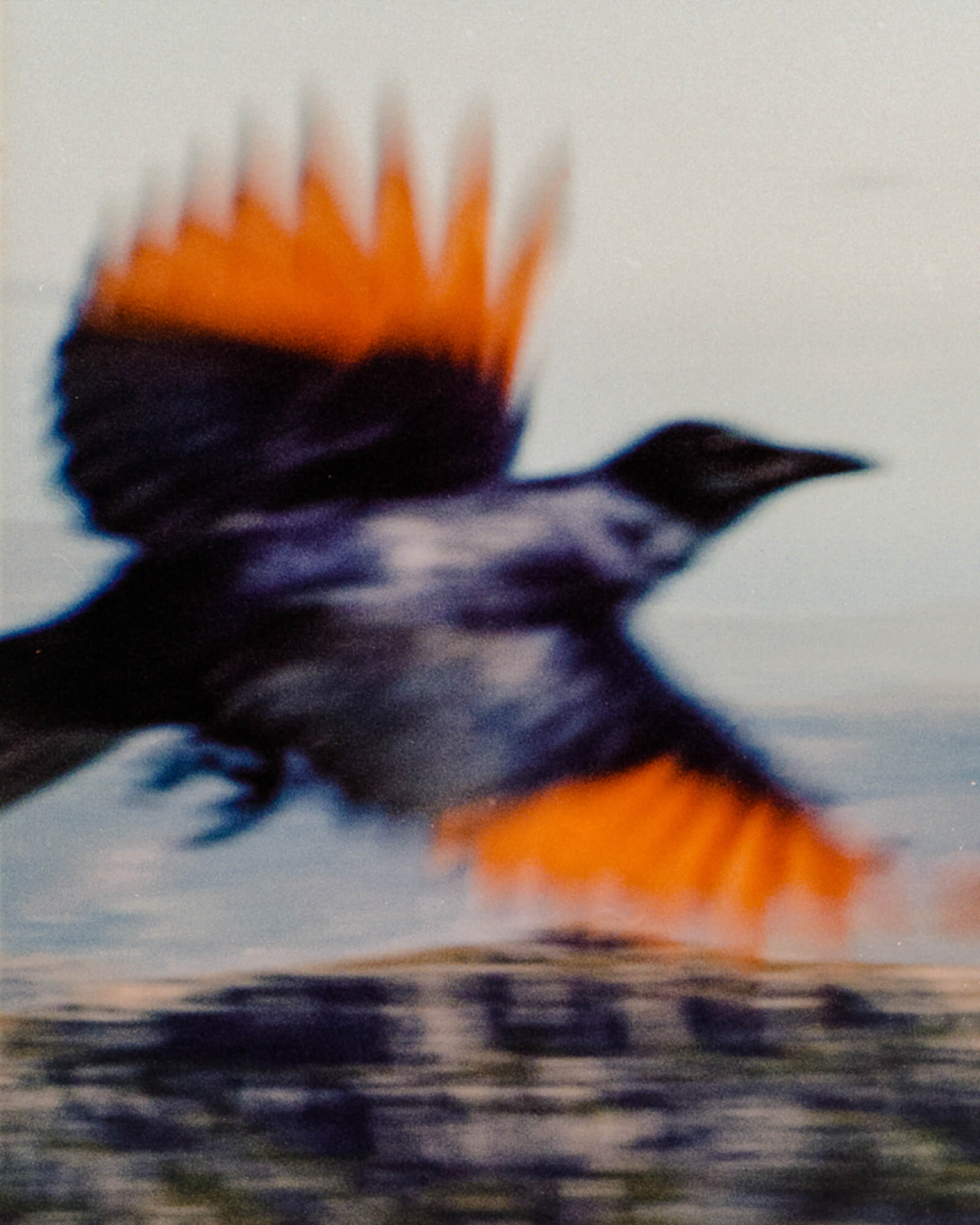
You were born in Genoa, a city that historically has a deep relationship with the sea. How does this reflect on your work? Are there other natural elements that are relevant in your practice?
I think it’s a recurring element in my work simply because it’s prevalent in my everyday life. The sea is undoubtedly a challenging element to grapple with — difficult to confine and control, capable of both concealing and revealing.


For many photographers getting lost in nature is becoming a very recurring practice. Some look for inspiration, some for healing. Do you think it has to do with the climate crisis we are facing? If so, how it is influencing your thoughts, dreams and goals?
Undoubtedly, the climate crisis has become a prevalent theme in the work of many photographers, driven by personal reasons or the need to narrate and document a reality increasingly evident in our daily lives. Both perspectives are necessary and deserving of attention. I don’t feel compelled to address such issues in my work — not because I don’t recognize their urgency and importance, but simply due to an incompatibility with my photographic practice. However, I don’t deny that the current climate and political conditions have a significant impact on how I experience my everyday life.
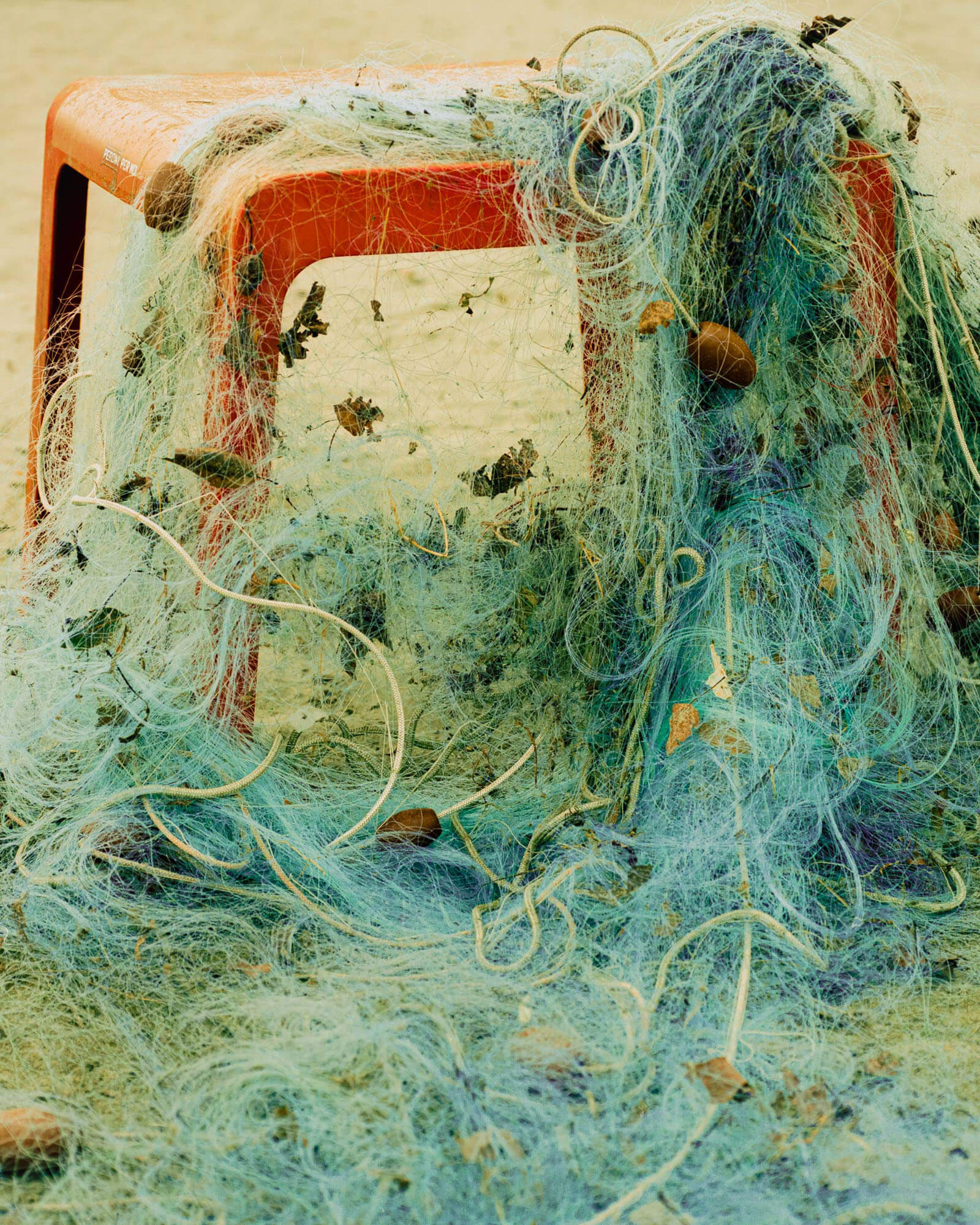
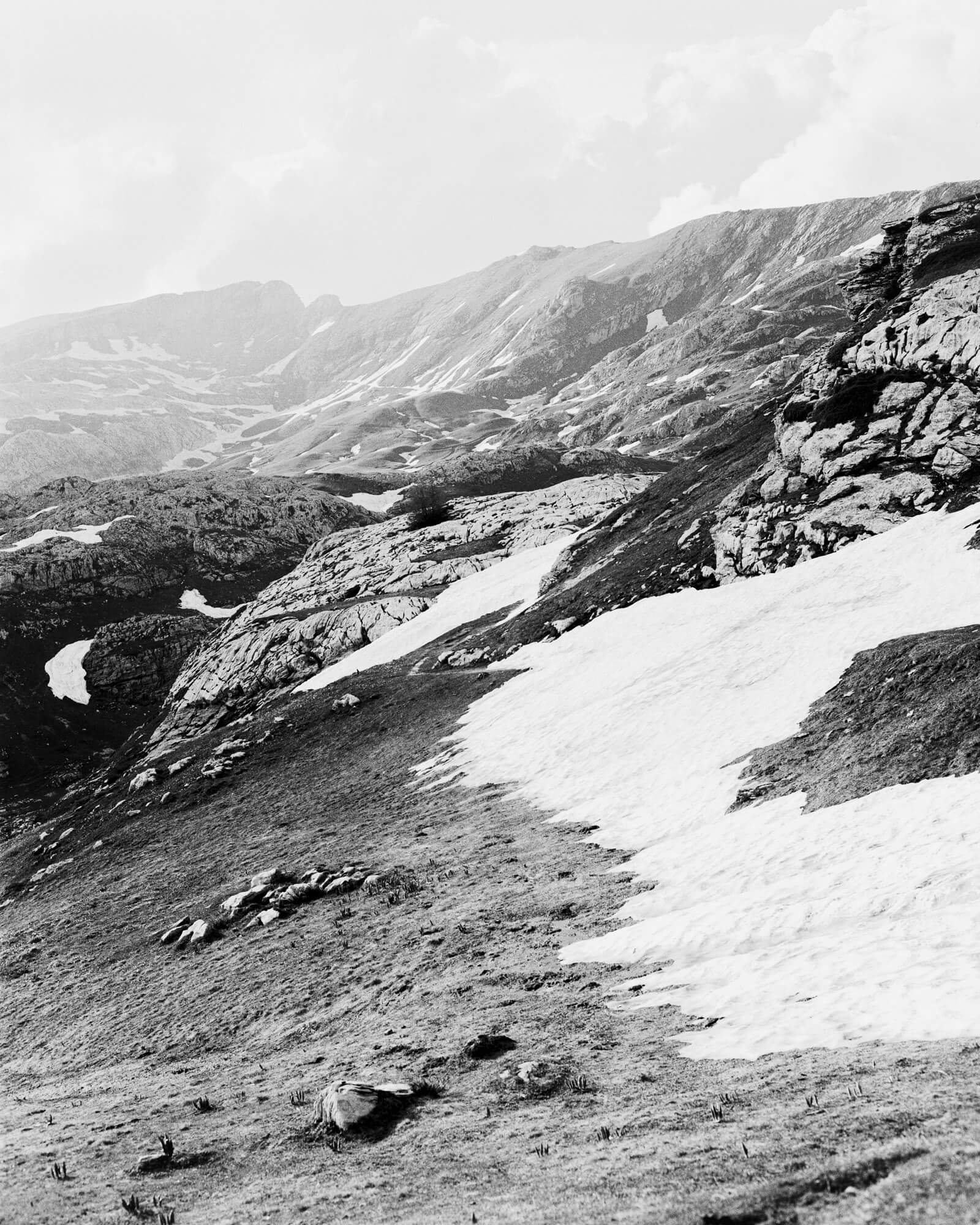
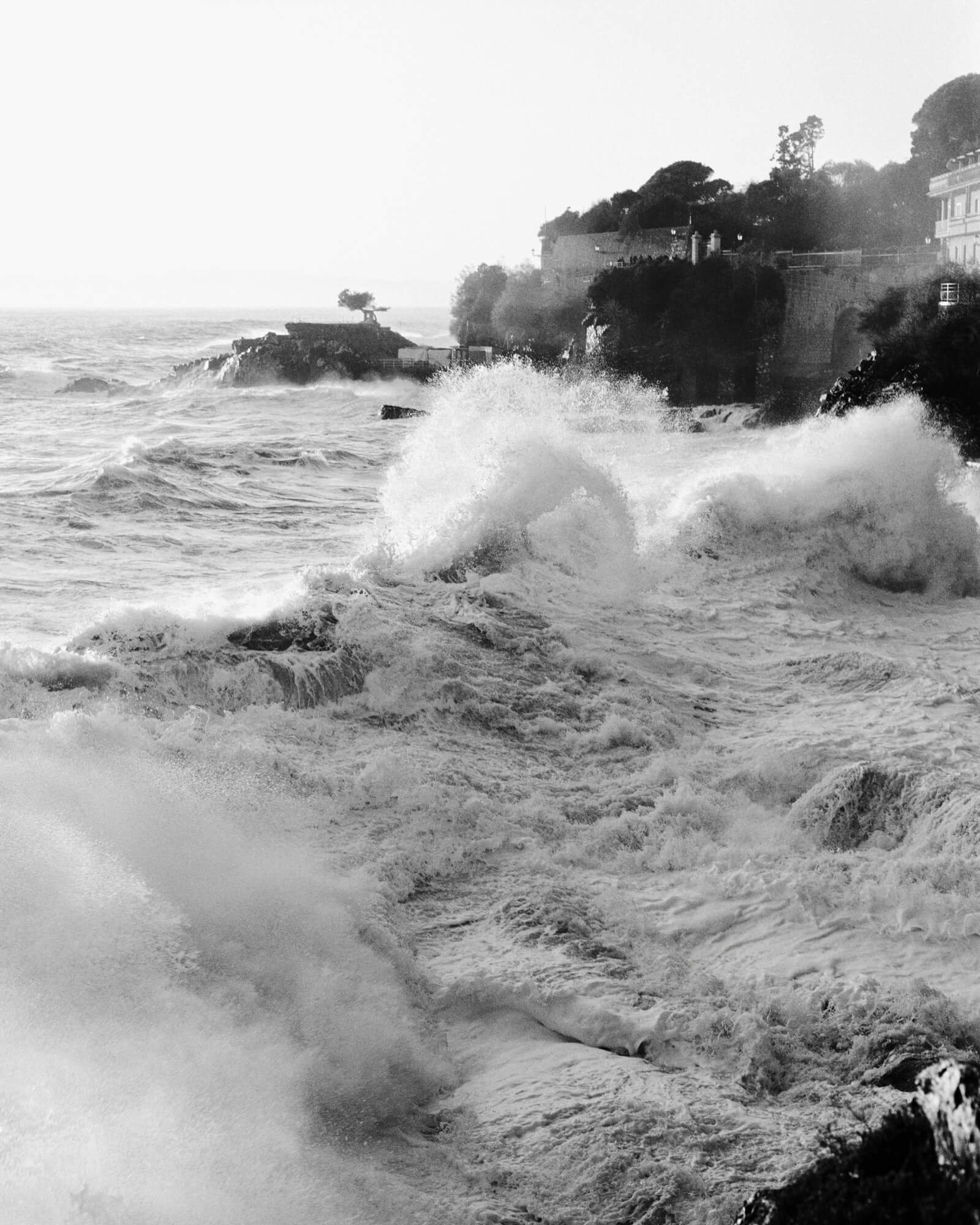
What equipment would you carry on a photography trip?
In the end, it’s always the heaviest equipment I could choose 🙂
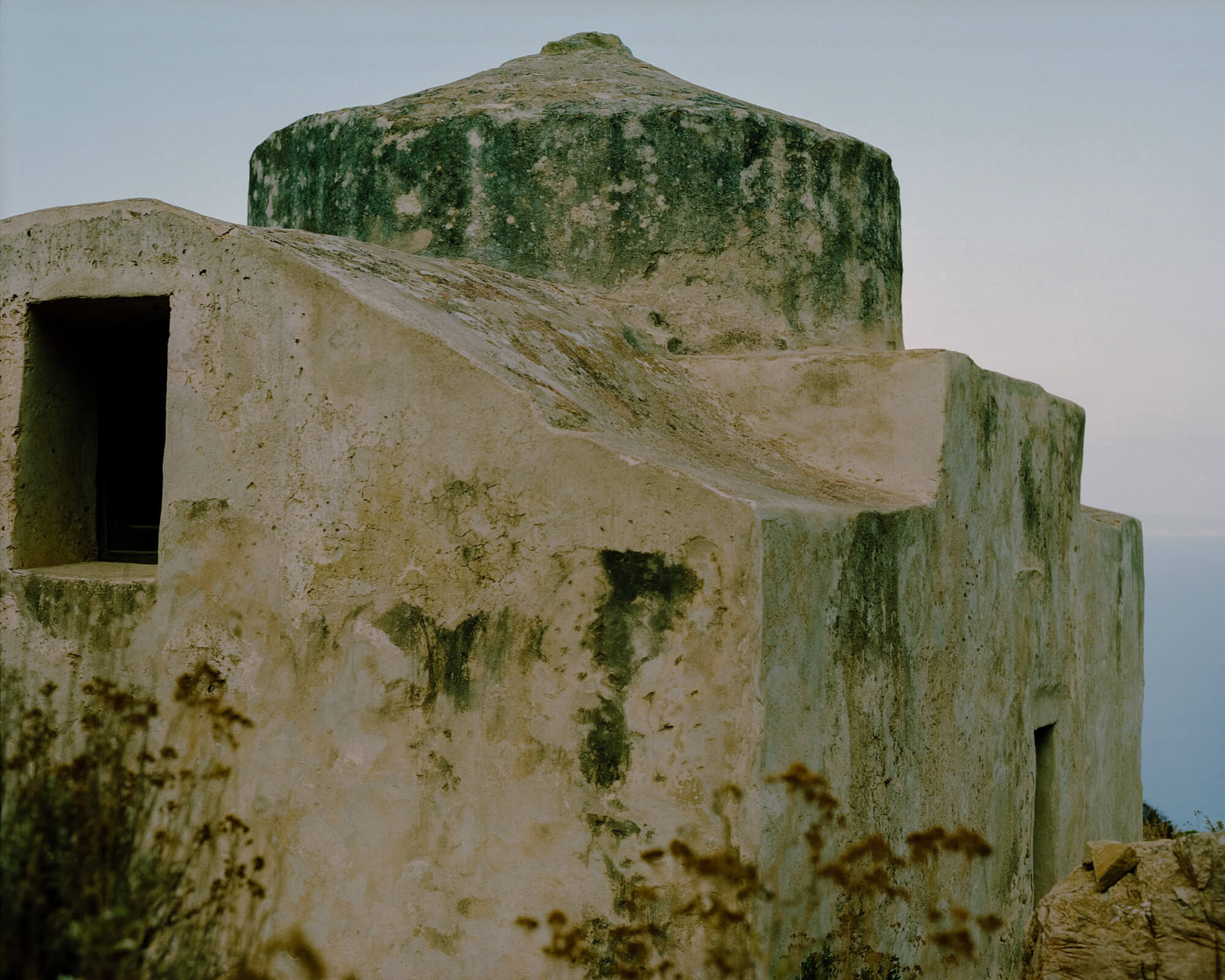
Mattia Parodi
With an initial background in Design and a particular focus on the world of publishing, Mattia’s approach to photography – both in commissioned projects and personal ones – is always influenced by the practice of editing as a tool to construct and deconstruct a narrative.
His work unfolds in various directions, ranging from fashion to design, always with an approach rooted in documentary photography, aiming to investigate the specificities of a place or the human activities associated with it.

